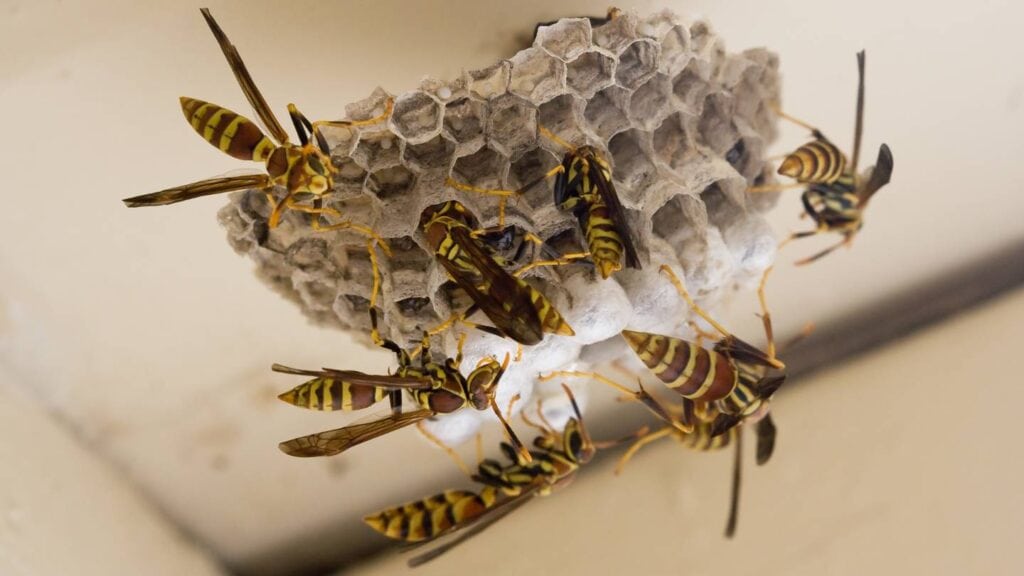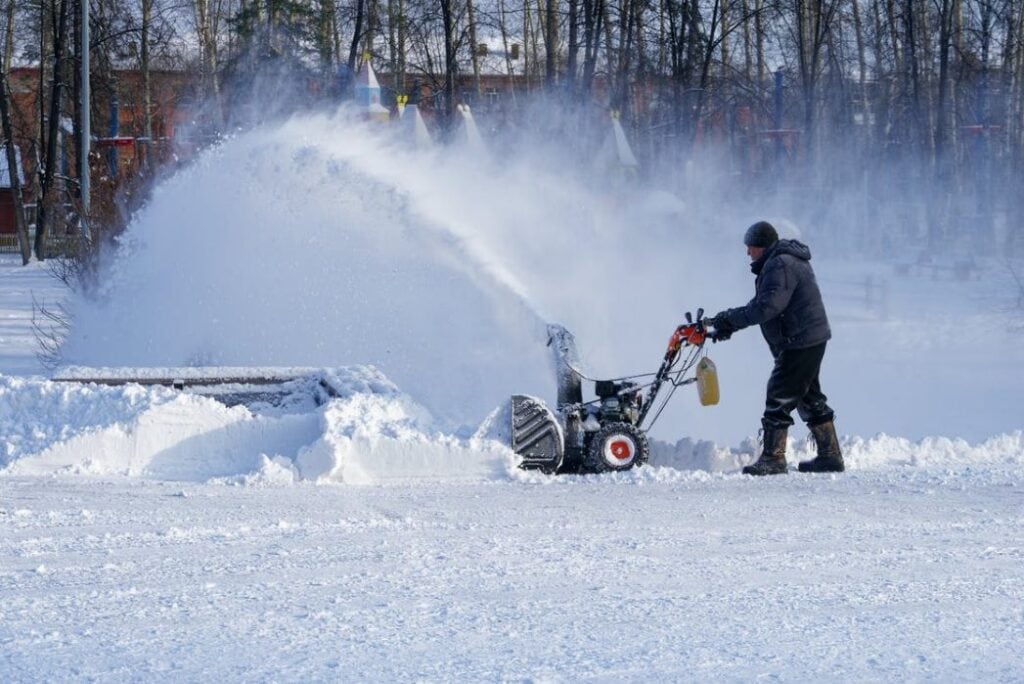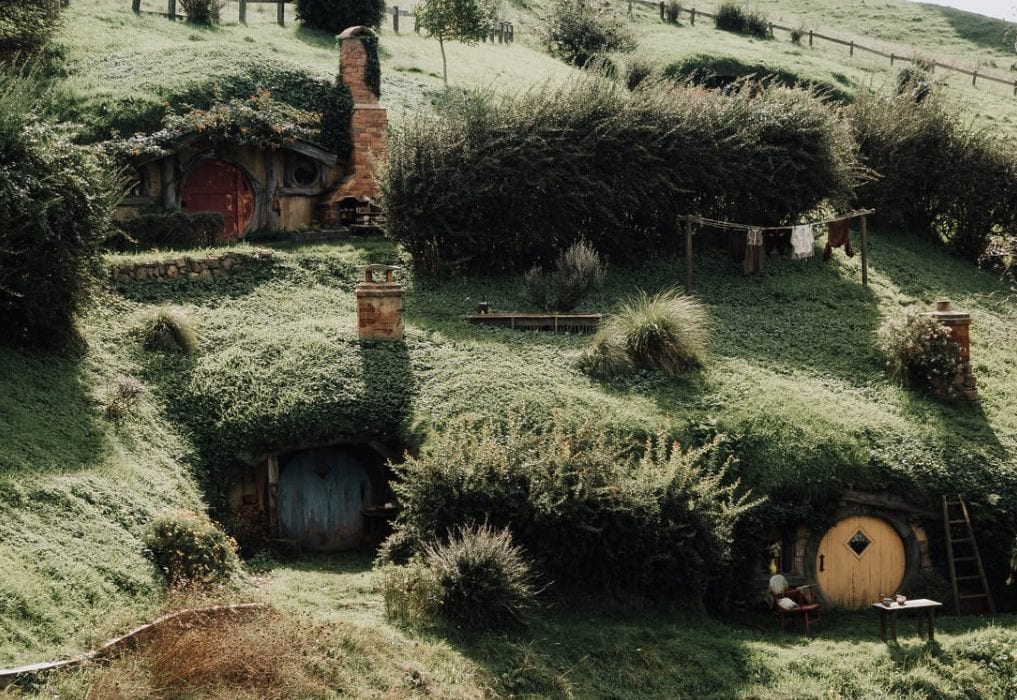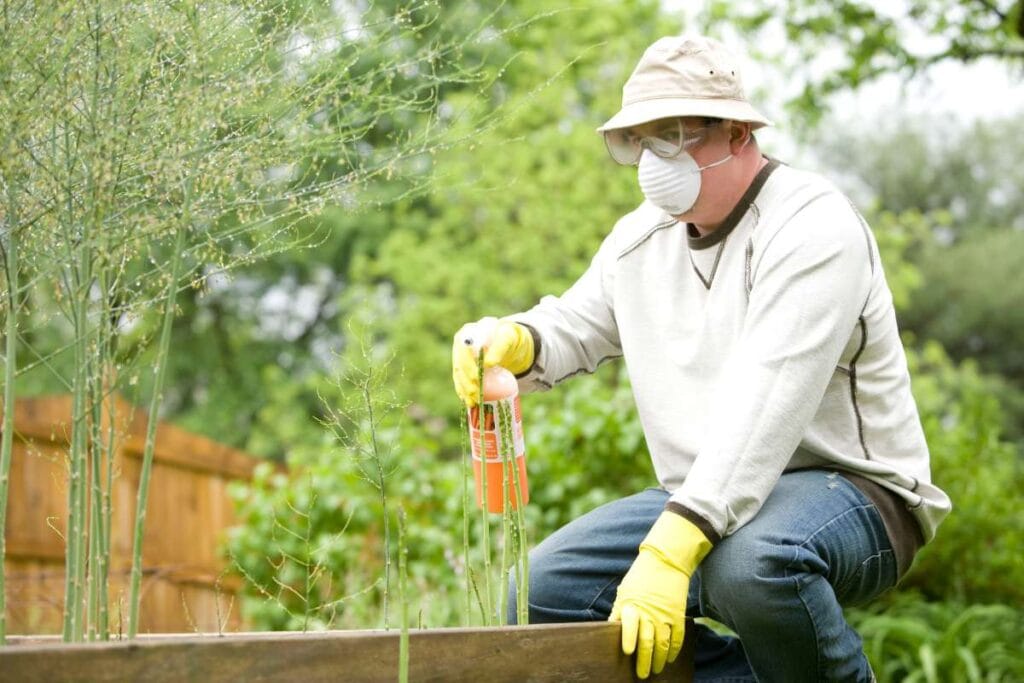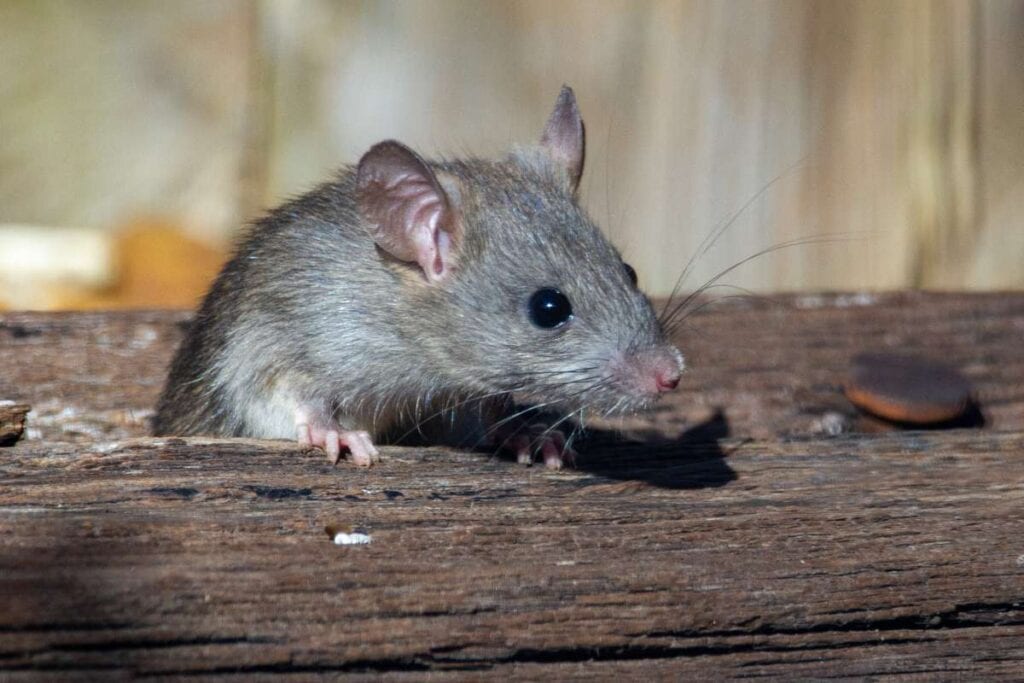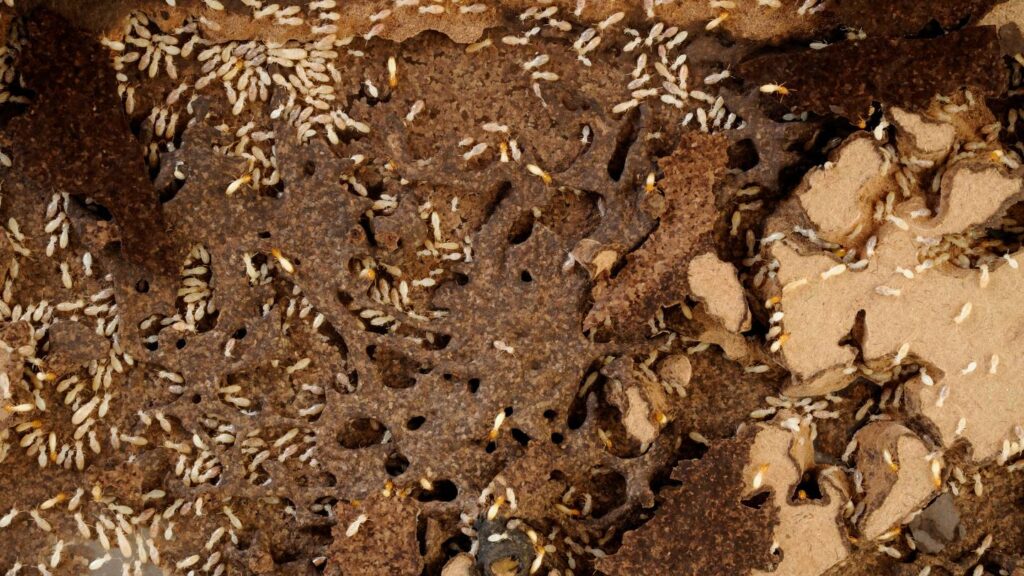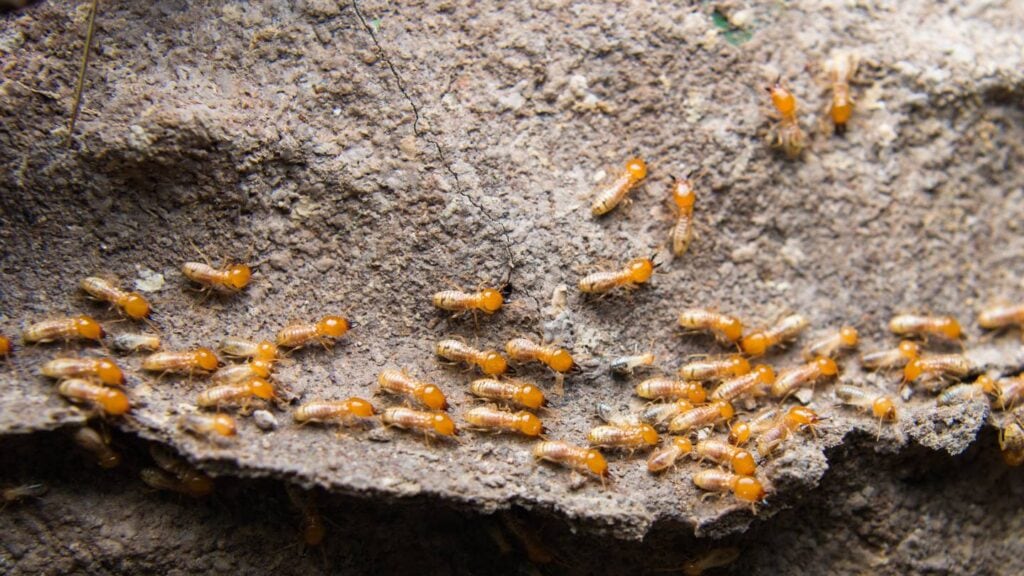Have you ever pondered whether wasp infestations tend to peak during certain seasons or periods of the year? While taking precautions to keep these nasty insects at arm's length, it's a subject that many homeowners ponder. It is important to be aware of the seasonal patterns that control wasp activity because the chances of encountering wasp nests also alter.
To sum up, wasp infestations are more common throughout certain seasons. To take precautions, it is helpful to understand these tendencies. Wasp colonies are at their busiest in the spring and continue to produce abundantly throughout the summer. The best way to protect your house and yard from these pests is to know when they are most active.
Are you interested in learning about wasp behaviour and how to repel it effectively? Drawing on the knowledge of prominent entomologists who have studied wasp infestations, we will go into the details in our forthcoming article.
Following these practical recommendations and insights, you and your family may enjoy a wasp-free environment year-round year-round. Keep yourself informed and in charge; the buzzing and stinging won't catch you unawares.
Differentiating Common Wasps
One of the most varied groups of insects, the Order Hymenoptera includes wasps, bees, and ants. Over 10,000 species of wasps call Australia home, many of which are vital to our ecosystems' health, says the Australian Museum.
Wasps have a terrible reputation due to certain species' viciousness and agonising stings. They can sting multiple times without hesitation. Even more concerning is the fact that a wasp can easily inject you with venom multiple times.
Since the same poison can render tarantulas immobile, this poses a real threat. Because of this common misunderstanding, many individuals fear bees and wasps equally. But that's not the case. Despite their superficial similarities, bees and wasps are physically distinct.

Appearance
At first glance, bees and wasps couldn't be more dissimilar. The former are better at collecting and dispersing pollen because they are fuller-bodied, hairier, and fuzzy-looking than other insects. A wasp's body is leaner, its legs are narrow, and it has a shiny, hairless appearance.
Behaviour
The only time bees and wasps sting humans or other creatures is when they defend their nests or themselves. Conversely, wasps are more aggressive than bees. Most honeybees die after stinging a predator or other dangerous organism; the stinger mechanism is only for protection. The barbed bee stinger remains lodged in its victim. After suffering injuries from not having its stinger, the bee dies.
In contrast, a wasp is inherently hostile and gets agitated easily. Wasps kill their prey by stinging them. The silky wasp stinger can slip out of its target and strike many times; even brushing away it might induce more stinging. Hormones released by an injured or threatened wasp mark the location as a possible attack target for the wasp family swarm.
Nutrition Plan
Bees are vegetarians and won't feed you any bugs or spiders. Instead, they subsist on floral plant pollen and nectar. While wasps spend much of the year as predators, consuming insects and other arthropods to feed their young, they focus on collecting carbohydrates in the late summer and fall when they cease laying eggs and their nests diminish. It is usual to see aggressive yellow jackets that transform into scavengers when they are in the presence of sugary foods and drinks.
Nests
Wasps use a paper-like substance composed of bits of chewed wood and saliva to construct their homes, whereas bees use wax. Apis mellifera, often known as honey bees, is an everlasting insect; a healthy colony will keep the nest active for a long time. Wasps only use their nests for one year due to their yearly life cycles. Reusing old nests is an adaptation of just a few specialist wasp species.
Sting
When threatened, wasps and bees sting to protect their nest and young. The barbed stingers of honey bees are extracted from the beehive and pierce the skin before swarming away. Wasps can sting repeatedly without hurting themselves because they can withdraw their stinger. A wasp's stinger rarely stays embedded in flesh, although occasionally it does.
Australian Wasps Most Commonly Seen
The wasp family is among the many kinds of insects in Australia. Some wasps are helpful because they eat other pests, but others are dangerous because they can sting.
Vespula Germanica, The European Wasp
One of Australia's most prevalent and aggressive wasps is the European wasp, also called the German wasp. These wasps are medium-sized, with a 12–20 mm body length and an abdomen striped in vibrant yellow and black.
- Range/Location: widely distributed across southeastern Australia, particularly in metropolitan areas, gardens, and picnic sites in states like Tasmania, New South Wales, and Victoria.
- Sting Potential: European wasps can sting numerous times and are very painful stingers.
Swelling, redness, and excruciating pain are side effects of stinging. If a serious allergic response happens, you should visit a doctor immediately.
Paper Wasp (Polistes Spp.)
Paper wasps are prevalent in Australia and are easily identifiable by their long, drooping legs and slim bodies. They range in length from 15-30 mm and are available in various colours, including brown, red, and black. Paper wasps from Europe, Asia, and Australia call this continent home.
- Range/Location: Paper wasps are common in continental Australia's rural and urban areas.
- Sting Potential: Paper wasps are usually peaceful and will only strike in self-defence, but you can get stung numerous times if you provoke a nest.
Except for those who are allergic, their sting is mostly harmless, causing just soreness, swelling, and redness.
Australian Native Paper Wasp
The body length of an Australian paper wasp is usually between fifteen and twenty-five millimetres. They have markings of yellow or orange on a reddish-brown to black background. Their nests are typically papery and fastened to trees or other protected structures.
- Range/Location: Australian paper wasps are common in both urban and rural parts of mainland Australia.
- Sting Potential: Australian Paper Wasps are not as violent as some other wasp species but will sting if they feel threatened. Their sting hurts, but it's not generally dangerous unless you are allergic to it.
Mud Dauber Wasp (Sceliphron Spp.)
Solitary mud dauber wasps build their nests out of mud. They are about 10–25 mm long and have slim, lengthy bodies that are often brown or black.
- Range/Location: Australia is home to mud dauber wasps, which can be found in both rural and urban locations. In rural areas of Australia, you can often observe them along fences, buildings, and other structures, as well as in gardens.
- Sting Potential: In most cases, mud dauber wasps will not attack until an extreme allergic reaction happens, and they will not sting unless provoked. Their beneficial hunting of spiders provides food for their nests; therefore, they are seen as a nett gain.
Methods for Handling Wasps
Some may welcome the changing seasons, but wasps and others appear to have other plans. Instantly, your tranquil backyard Barbie might become a tumultuous battleground for these tiny buzzing creatures.
Recognise Your Opponent:
Knowing your opponent is crucial before venturing into combat. Wasps are obnoxious insects with strong stings, stripes that alternate between black and yellow, and a tendency to spoil outdoor events. The European and paper wasps are the most frequent offenders in Australia.
European wasps love to scavenge your leftovers and are nastier than a person running out of Vegemite. In contrast, paper wasps are the crafty designers of the insect kingdom, crafting paper-like nests in crevices and beneath eaves.
Protect Your Territory With These Preventative Steps:
Not doing something is better than having a dog eat you. Make it less appealing for these bugs to be outside in the first place:
- Secure Trash Bins: Ensure your trash cans are properly secured to keep them from eating on your leftovers.
- Cover Food: Be careful not to become a wasp's feast if you're feeding Barbie food.
- Seal Entry Points: Prevent them from making a camp by sealing off any openings in the walls, eaves, and windows.
Wasp-Proof Landscaping:
Make a garden that won't attract pests by using materials that are resistant to insects:
- Plant Wisely: Choose marigolds, mint, basil, or other plants that ward them off. These organic pesticides will drive them away.
- Keep It Tidy: Untidy and overgrown places are their favourites. Keep grass and bushes mowed regularly to deter birds from constructing nests.
Common DIY Wasp Treatment Mistakes
If you uncover a wasp or hornet nest on your property, you may "take care of it" with an over-the-counter insecticide.
Store-Bought Chemicals Leave Unwanted Marks On Your House
The sprays sold at hardware stores for wasps and hornets are usually made of oil. Siding, concrete, and other materials surrounding your home are susceptible to stains caused by the components in these consumer sprays. Professional wasp treatment chemicals are non-oil-based and won't leave any stains on your home.
Things Get Worse When The Entry Point Is Sealed.
People often make the mistake of trying to treat wasps by sealing off the entrance to the nest. Typically, this is accomplished using expanding foam, concrete, or other construction material. Closing off the access point can make the problem worse.
In their relentless pursuit of the queen, the wasps may even carve out a second entrance to the nest. An additional entry point increases the likelihood of further damage to the house and the number of treatment points that will be required.
Also, the wasps trapped within the house will look for an opening, preferably with little obstacles, to escape. As a result, Wasps will likely start appearing inside the house, most commonly via open windows or light fixtures.
Using Chemicals Too Much
Stay away from the store-bought wasp spray if you care about helping the environment. Before applying any chemicals, our personnel undergo thorough training and testing to guarantee they can read and comprehend the labels.
On top of that, they follow the lead of an experienced supervisor. This implies that they are well-versed in the proper way to administer the chemical, the optimal placement for optimal effects, and the optimal amount to treat the nest.
The typical homeowner will spray away from a nest while standing fifteen to twenty feet away. When you treat a nest in this way, you risk chemical overspray, splashback, and drippage. To apply the chemical precisely where needed and not elsewhere, our professionals can approach within millimetres of the entry point.
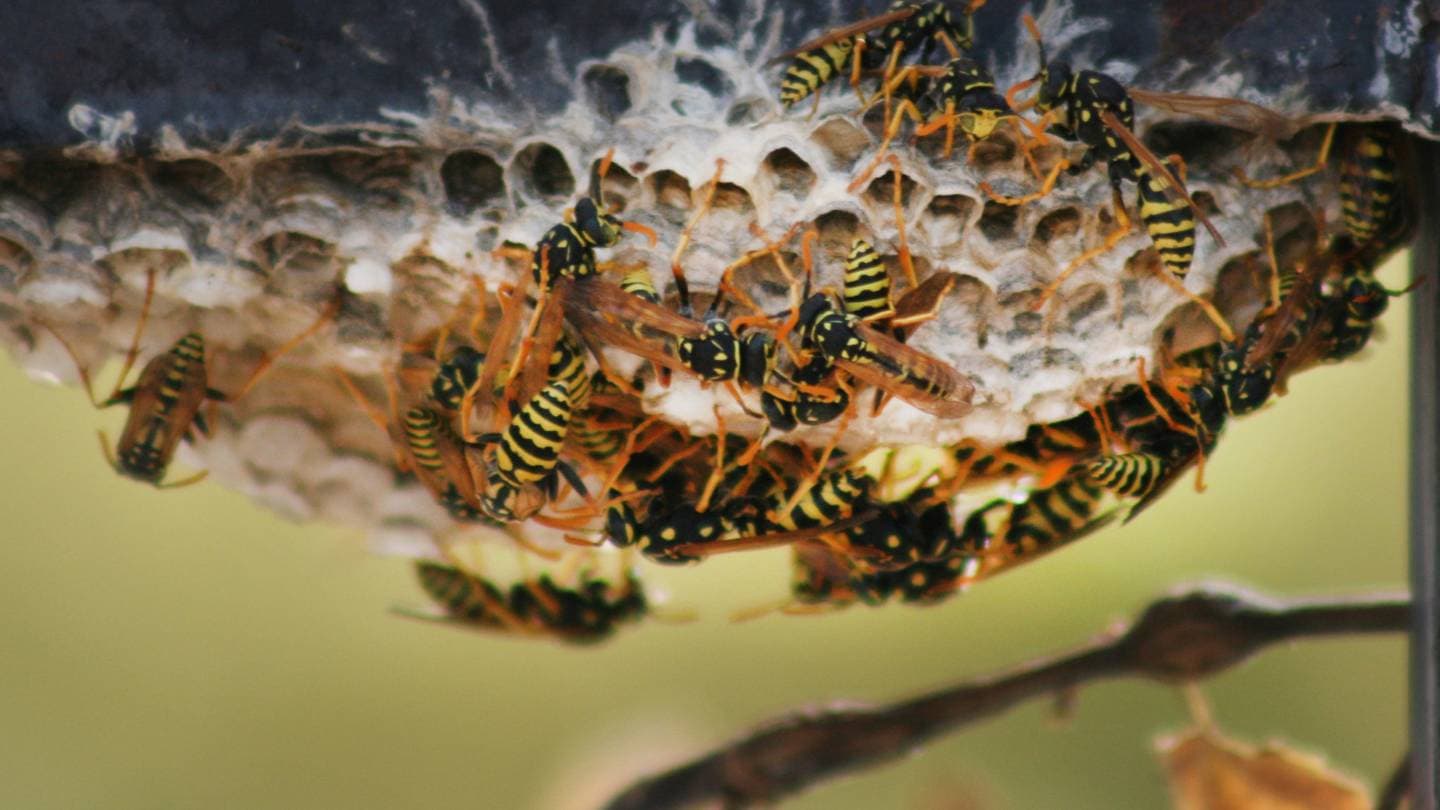
Unexpected Personal, Home, Or Property Damage
As a last resort, some homeowners will do whatever it takes to rid themselves of wasp infestations. But they risk hurting themselves or damaging their house if they don't have the right information, expertise, and tools.
Fire, gasoline, metal stakes, and hockey sticks are among the unconventional (and highly discouraged!) therapies that have been reported. Putting gasoline into the earth is an absolute no-no. This has the potential to deplete water supplies with toxic chemicals and disrupt ecosystems around the world. The fact that it poses a fire risk is obvious.
Conclusion
There are times of the year when wasp infestations are more likely to happen. Homeowners need to know these patterns in order to keep these pests out of their homes and yards. Australia is home to more than 10,000 kinds of wasps, including the European wasp.
Wasps are very important to the health of the ecosystem. Wasps are known for being mean and their painful stings, which can be deadly. They are very dangerous because they can sting many times without thinking, and they can shoot venom many times.
Bees and wasps look different. Bees are better at gathering and spreading pollen, while wasps are more violent and can sting more than once without hurting themselves. Bees eat flower pollen and nectar, while wasps collect carbs in the late summer and fall.
Bees build their homes out of wax, while wasps use things that look like paper. Wasps only use their nests for one year because they die every year. Honey bees' nests last forever. Pests like wasps and bees will bite to protect their nest and young.
The European wasp, which is sometimes called the German wasp, is one of the most common and dangerous wasps in Australia. They are about the size of a grain of rice, measuring 12 to 20 mm long, and they can sting many times. Some of the bad effects of stinging are heat, swelling, and unbearable pain.
The paper wasp is a common pest in Australia. It is native to Europe, Asia, and Australia. They have thin bodies with yellow or orange spots on a reddish-brown to black background. Their legs are long. Australian paper wasps aren't very mean, but they can sting if they feel threatened. Their stings can make you hurt, swell, and turn red.
But mud dauber wasps make their homes out of mud. They are 10–25 mm long. They live in both rural and urban parts of Australia's main island. They are known to be disruptive, and they hunt spiders for food.
To deal with wasps, you need to know about their enemies, like European and paper wasps, which are known to ruin outdoor events. Safe trash cans, covering food, blocking off entry points, making a landscape that pests can't get into, using organic pesticides, and keeping the area clean are all things that can be done to stop pests.
Mistakes people often make when trying to get rid of wasps on their own include using chemicals from the shop, not sealing off entry points, and using too many chemicals. The chemicals used by professionals to get rid of wasps aren't based on oil and won't leave marks on your house. It is very important not to use too many chemicals and to hire wasp control experts who have been through a lot of training and tests.
If someone or something unexpectedly damages your home, you shouldn't use fire, gasoline, metal stakes, or hockey sticks to fix it. These methods can pollute water sources with dangerous chemicals and mess up ecosystems around the world.
Content Summary
- Wasp infestations peak in certain seasons, notably spring and summer.
- Understanding wasp activity patterns is crucial for effective pest control.
- The article offers insights from entomologists on wasp behaviour and control.
- Wasps, part of the Order Hymenoptera, include over 10,000 species in Australia.
- Some wasps are essential for ecosystem health, despite their feared reputation.
- Wasps can sting multiple times, injecting venom powerful enough to immobilise tarantulas.
- Bees and wasps differ in appearance, with bees being fuzzier and wasps shinier and leaner.
- Bees and wasps sting defensively, but wasps are more aggressive.
- Honeybees die after stinging due to their barbed stingers; wasps can sting multiple times.
- Bees are vegetarians, whereas wasps are predators and scavengers.
- Wasps build nests from chewed wood and saliva, while bees use wax.
- Honey bees maintain perennial nests, but wasps typically use nests for a single year.
- Wasps and bees sting to protect their nests, but wasps' stingers don't get stuck in the skin.
- The European Wasp, Vespula germanica, is a common and aggressive wasp in Australia.
- European Wasps are prevalent in southeastern Australia, especially in urban areas.
- Paper Wasps, identifiable by their long legs, are common in Australia.
- Paper Wasps, found in urban and rural areas, sting mainly in self-defence.
- Australian Native Paper Wasps are less violent but will sting if threatened.
- Mud Dauber Wasps are solitary and build mud nests.
- Mud Daubers are beneficial as they hunt spiders but rarely sting humans.
- Recognising the type of wasp is crucial for effective pest control.
- European and paper wasps are common pests in Australian backyards.
- Preventative measures include securing trash bins and covering food during outdoor activities.
- Wasp-proof landscaping involves choosing certain plants and maintaining a tidy garden.
- Over-the-counter wasp sprays can leave stains and are less effective.
- Sealing a wasp nest's entrance can worsen the problem, leading to more entry points.
- Incorrect chemical use can harm the environment and is less effective.
- Unconventional methods for wasp removal, like fire or gasoline, are dangerous and harmful.
- Professional pest control services use non-staining, environmentally friendly chemicals.
- Professionals can safely and precisely apply treatment to wasp nests.
- DIY treatments can lead to personal, home, or environmental damage.
- Inappropriate wasp control methods can contaminate water supplies and ecosystems.
- Safety and effectiveness are paramount in dealing with wasp infestations.
- Understanding wasp behaviour is key to preventing and controlling infestations.
- Wasps play a role in the ecosystem, despite being a nuisance for homeowners.
- The European Wasp is known for its painful sting and potential for multiple stings.
- Paper Wasps are mostly harmless except when their nest is provoked.
- Australian paper wasps have a distinctive appearance with reddish-brown to black markings.
- The Mud Dauber Wasp's solitary nature makes it less of a threat to humans.
- Effective wasp management involves recognising different species and their behaviours.
- Homeowners can adopt simple measures to reduce wasp attraction.
- Professional pest control ensures safe and responsible wasp nest removal.
- DIY pest control can escalate the problem, particularly with aggressive wasp species.
- Proper disposal of waste and food can significantly reduce wasp presence.
- Sealing entry points in homes helps prevent wasps from nesting inside.
- Landscaping choices can deter wasps from settling near homes.
- Misuse of chemicals in DIY wasp control can lead to unnecessary environmental damage.
- Relying on professionals minimises the risks associated with wasp nest removal.
- Awareness of wasp activity patterns helps in planning preventive measures.
- A balanced approach to wasp control considers both safety and environmental impact.
Frequently Asked Questions
Wasp infestations typically peak in late spring through summer. This is when the weather becomes warmer, prompting queen wasps to establish nests. During these seasons, wasps are more active, searching for food and building nests to lay eggs.
While wasp activity decreases in the fall and winter, some species may still be active until the first frost. However, infestations are less common during these seasons as the cold temperatures make wasps less active. Nests from the previous season may be abandoned during winter.
Late summer is when wasp colonies reach their peak population. As food sources become scarcer, wasps become more protective of their nests, leading to increased aggression. This is a crucial time to be cautious around potential nesting sites to avoid stings.
Yes, wasps can infest homes during the warmer months. They often build nests in sheltered areas like attics, eaves, or wall voids. Homeowners may notice increased wasp activity in and around their houses during late spring and summer as the colonies expand.
To prevent wasp infestations, seal any cracks or openings in and around your home, especially during the spring. Keep food and garbage containers tightly sealed, as these can attract wasps. Regularly inspect your property for nests, and if found, consider professional removal to avoid potential risks.

